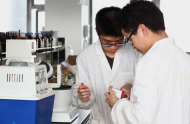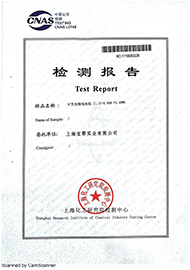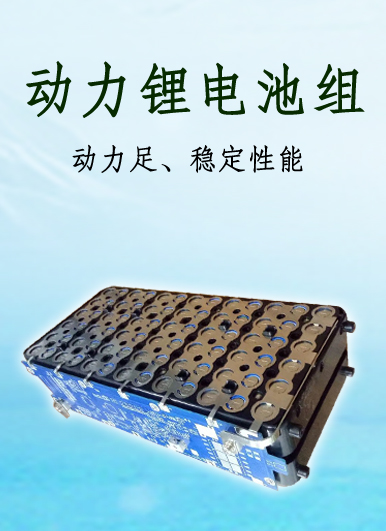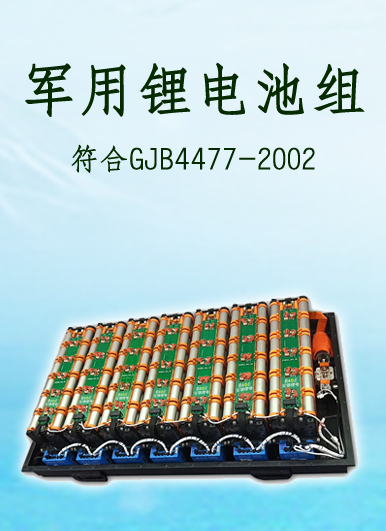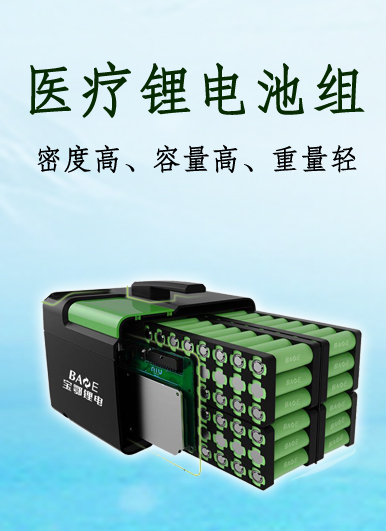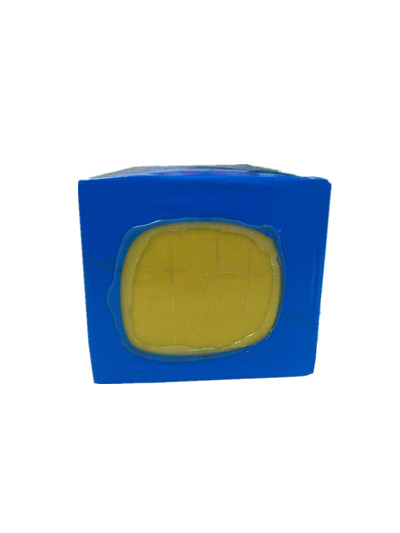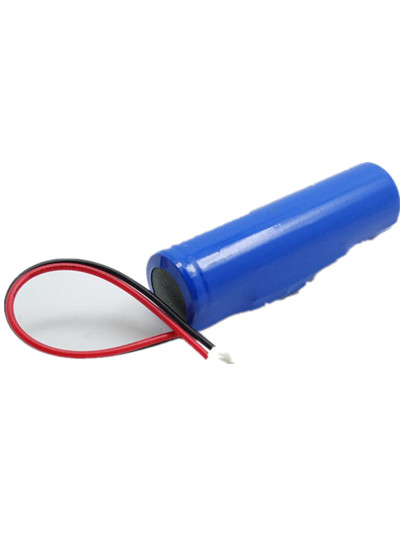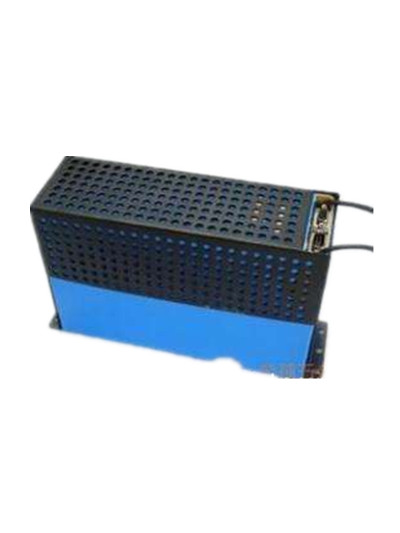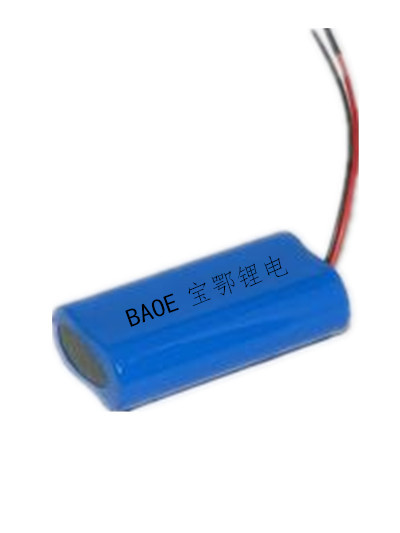At present, wet separation and dry process are the main manufacturing processes of lithium battery diaphragm. Our country has stepped into the first batch in the world in dry process technology, but in the field of wet diaphragm, although domestic enterprises have mastered the method, it is still difficult to compete with foreign giants as a whole. In addition, the core production equipment mainly depends on imports.
High-end diaphragm technology has a very high threshold, which requires not only huge investment, but also a strong R&D and production team, skilled technology and high-level production lines. For the wet manufacturing process, the extrusion mixing process of resin materials and additives and the stretching process are two key difficulties.
Overall, the competition of lithium battery separator industry in China shows the following characteristics:
Characteristics 1: The proportion of wet diaphragm production increased year by year.
In terms of technology itself, dry and wet diaphragms have their own advantages and disadvantages. Dry diaphragms have great advantages in production technology, cost, environmental protection and economy. Wet diaphragms have the advantages of low short circuit rate, large controllable range of porosity and permeability.
From the current market application, from the choice of global lithium battery enterprises, dry and wet diaphragms coexist.
However, in recent years, with the increase of the proportion of ternary lithium batteries, the proportion of wet diaphragm production has also steadily increased. The latest data show that in 2017, domestic wet diaphragm production reached 806 million square meters, accounting for 56% of the total, exceeding that of dry diaphragm.
In view of the respective characteristics of dry diaphragm and wet diaphragm, the demand for wet diaphragm will gradually expand in the future, but it will not completely replace dry diaphragm in a short time.
Characteristic 2: High concentration of shipment Enterprises
According to the shipment volume, the concentration of dry and wet diaphragm enterprises in China is relatively high in 2017, especially wet diaphragm. The first three enterprises account for 71%, the first five for 87%, and the first three enterprises account for 42% and the first five for 55%.
Characteristic 3: Obvious regional productivity
From the current regional distribution of lithium battery diaphragm materials enterprises in China, the overall concentration is relatively high, mainly concentrated in eastern and central China, with the productivity ratio reaching 48% and 27%, respectively; in southern China, the productivity ratio is also 10%, while in other areas, it is below 10%.
Fourth, the expansion of enterprises'production capacity is accelerating, and the competition will intensify in the future.
It is worth mentioning that the gross profit of the diaphragm is the highest among the four main materials of lithium-ion batteries. Therefore, domestic enterprises have entered the diaphragm field one after another, hoping to share in the power battery dividend.
Some companies started to put into production line of wet diaphragm project as early as 2017; others spent hundreds of millions of yuan to purchase equity of domestic wet diaphragm production team to develop the wet diaphragm field of our company; others raised billions of yuan to establish "super coating plant" project, to build 50 high-performance coated diaphragm production lines, and at the same time to build 8.8 billion yuan. A new generation of dry diaphragm production line. After the project reaches production, the annual production capacity of dry diaphragm will be 400 million square meters, and the annual processing capacity of coated diaphragm will be 1 billion square meters, etc. Many domestic lithium power companies launched an attack on the wet diaphragm project. It is believed that under this competitive environment, the wet diaphragm technology in China can be developed more rapidly.
In the field of lithium battery diaphragm technology, China's dry diaphragm technology has been able to enter the first rank in the world. However, wet diaphragm technology and the world's top technology still have a long way to go. However, domestic enterprises have also made efforts to study wet diaphragm technology, made a lot of investment, and hired many researchers in this field. Therefore, for the future development of domestic diaphragm technology, it can be said that the future is promising.目前锂电池隔膜制造工艺主要分湿法和干法。我国在干法工艺上已迈入了世界第一方阵,但在湿法隔膜领域,国内企业虽掌握方法,但整体仍难以与外国巨头抗衡,此外,核心生产设备也主要依赖进口。
高端隔膜技术具有相当高的门槛,不仅要投入巨额的资金,还需要有强大的研发和生产团队、纯熟的工艺技术和高水平的生产线。对于湿法制造工艺来说,树脂材料与添加剂的挤出混合过程以及拉伸过程是两大核心难点。
总体来看,我国锂电池隔膜行业竞争呈现如下特点:
特点一:湿法隔膜产量占比逐年提升
就工艺本身来看,干法隔膜和湿法隔膜各有优缺点,干法隔膜在生产工艺、成本、环保经济等方面具有较大优势,湿法隔膜则具有短路率低、孔隙率和透气性可控范围大等优点。
从目前市场的应用来看,从全球锂电池企业的选择来看,干法隔膜和湿法隔膜并存。
不过,近年来随着三元锂电池占比的提高,湿法隔膜产量的占比也稳步提升。最新数据显示,2017年,国内湿法隔膜产量达到8.06亿平方米,占比56%,份额超过干法隔膜。
鉴于干法隔膜和湿法隔膜各自的特点,湿法隔膜未来需求将会逐步扩大,但短时间内并不会完全替代干法隔膜。
特点二:出货量企业集中度较高
按照出货量来看,总体上2017年我国干法隔膜和湿法隔膜的企业集中度均较高,尤其是湿法隔膜,前三企业出货量占比达到71%,前五占比达到87%;干法隔膜前三企业占比为42%,前五占比为55%。
特点三:产能区域性明显
从目前我国锂电池隔膜材料企业区域分布来看,总体上集中度较高,主要集中在华东和华中地区,产能比重分别达到48%、27%;华南地区产能占比也有10%,其他地区则都在10%以下。
特点四:企业产能扩张加速,未来竞争加剧
值得一提的是,锂离子电池四大主材中隔膜毛利最高。因此,国内企业纷纷迈入隔膜领域,希望在动力电池红利下能分一杯羹。
而有的公司早在2017年开始就进行了湿法隔膜项目的生产线投产;还有些公司花费上亿元对国内的湿法隔膜生产团队进行股权的收购,以发展本公司的湿法隔膜领域;也有些公司募资几十亿亿元建立“超级涂覆工厂”项目,建设50条高性能涂覆隔膜生产线,并同时建设8条新一代干法隔膜生产线。项目达产后,将形成干法隔膜年产能4亿平方米、涂覆隔膜年加工能力10亿平方米等等。众多的国内锂电公司在湿法隔膜项目上发起了进攻,相信在这竞争激烈的环境下,我国的湿法隔膜技艺能得到更快速的发展。
在锂电池隔膜技艺方面,我国的干法隔膜技艺已经可以迈入全球第一阶队,然而湿法隔膜技艺与全球顶尖技艺还有着一段不小的距离,不过,国内的企业对于湿法隔膜技艺也有努力在钻研,进行了大量的投资,聘请了众多的该方面的研究人员。所以,对于国内隔膜技艺发展的未来,可以说是未来可期的。
現在のリチウム電池のダイヤフラム製造技術は主に湿式法と乾式法に分けられています。中国は乾法技術で世界第一陣に進出しましたが、湿式わだかまりの分野では、国内企業は方法を把握していますが、全体的には外国の大手と対抗できないです。
ハイエンドのダイヤフラム技術はかなり高いハードルを持っています。巨額の資金を投入するだけでなく、強力な研究開発と生産チーム、熟練した技術と高いレベルの生産ラインが必要です。湿式製造プロセスにとって,樹脂材料と添加剤の押出混合過程と引張過程は二つの大きなコア難点である。
全体的に見ると、中国のリチウム電池の隔膜業界の競争は次のような特徴が現れています。
特徴の1:湿式法のダイヤフラムの生産量は年々増加しています。
工芸そのものから見れば、乾式わだかまりと湿式わだかまりはそれぞれ長所と短所があり、乾式わだかまりは生産プロセス、コスト、環境保護経済などの面で大きな優勢を持っています。湿式わだかまりは短絡率が低く、気孔率と通気性の制御範囲が大きいなどの長所を持っています。
現在の市場の応用から見れば、世界のリチウム電池企業の選択から見れば、乾式わだかまりと湿式わだかまりが共存している。
しかし、近年は3元のリチウムイオン電池の比率が高くなり、湿式わだかまりの生産量の比率も着実に向上しています。最新のデータによると、2017年、国内の湿式わだかまりの生産量は8.06億平方メートルに達し、56%を占め、乾式わだかまりのシェアを上回った。
乾式わだかまりと湿式わだかまりのそれぞれの特徴にかんがみて、湿式わだかまりの未来の需要は次第に拡大して、しかし短い時間の内に完全に乾式わだかまりに取って代わることはできません。
特徴二:出荷量企業の集中度が高い
出荷量から見ると、全体的に2017年の中国乾式わだかまりと湿式わだかまりの企業集中度はいずれも高く、特に湿式わだかまり、前三企業の出荷量は71%に達し、前五は87%に達した。乾式わだかまり前三企業の比率は42%で、前五は55%を占めた。
特徴の3:生産能力の地域性は明らかです。
現在の中国のリチウム電池のダイヤフラム材料の企業区域分布から見ると、全体的に集中度が高く、主に華東と華中地区に集中しており、生産能力の比重はそれぞれ48%、27%に達しています。華南地区の生産能力の比率も10%を占めています。他の地域は10%以下です。
特徴四:企業の生産能力拡大が加速し、将来の競争が激化する。
ちなみに、リチウムイオン電池の4大主材の中で、隔膜粗利益が一番高いです。そのため、国内企業は続々とダイヤフラムの分野に進出しており、動力電池の配当金の下でスプーン一杯を分けたいと考えています。
ある会社は2017年から湿式わだかまりプロジェクトの生産ラインを生産しています。またある会社は国内の湿式わだかまり生産チームに対して億元を費やして株を買い付けて、当社の湿式わだかまり分野を発展させています。ある会社は数十億元を募金して「スーパーコーティング工場」プロジェクトを設立し、50条を建設しています。高性能の遮膜生産ラインをコーティングし、同時に8つの新世代乾式断熱材の生産ラインを建設します。プロジェクトが産後、乾式隔膜の年間生産能力4億平方メートル、被覆隔膜の年間加工能力10億平方メートルなどを形成する。多くの国内のリチウムイオン電池会社は湿式わだかまりプロジェクトで進撃を始めました。この競争が激しい環境の下で、我が国の湿式わだかまり技術はもっと速い発展を得ることができると信じています。
リチウム電池のダイヤフラム技術においては、我が国の乾式ダイヤフラム技術はすでに世界第一位のチームに入ることができましたが、湿式ダイヤフラム技術は世界のトップ技術とは距離があります。方面の研究者だから、国内の隔膜技術の発展の未来については、未来の可能性があると言えます。

